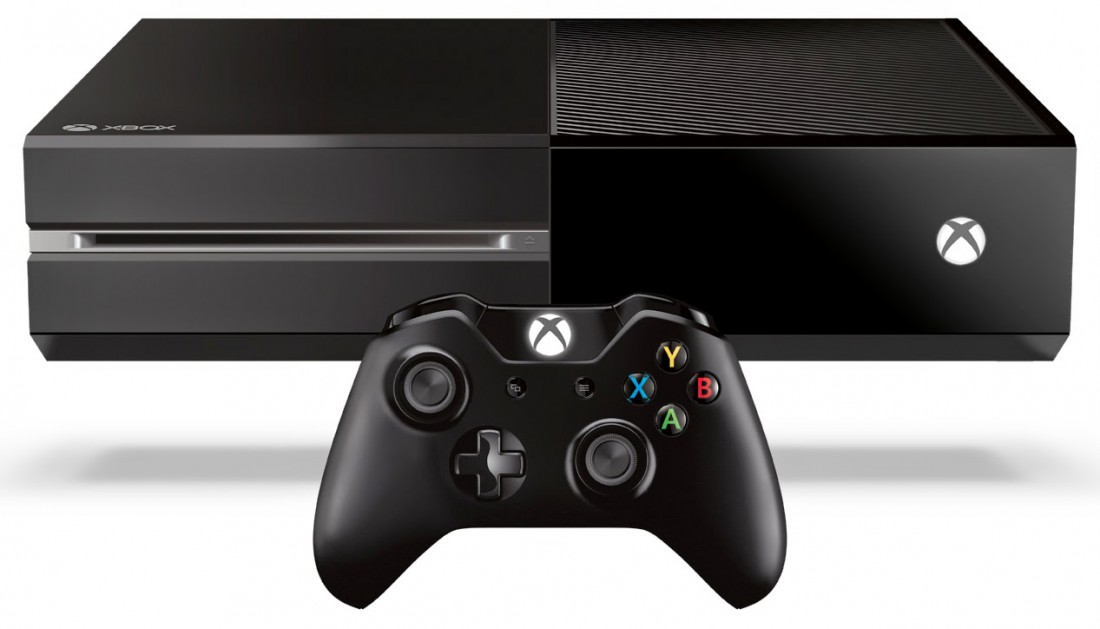
A Kinect-less Xbox One Is a Bad Move for Microsoft
Microsoft completed the circle of back-pedaling on their original Xbox One vision today, as they announced a Kinect-less version of the console would be arriving in June, at a PS4-matching price of $399. And while many will see this as a smart move, and one that has the potential to increase sales, I think it’s very short-sighted.
Let’s forget that you can get the Titanfall or Forza 5 bundles of the Xbox One for $499 right now, which effectively means that you’re paying $440 for the console with Kinect. Or the fact that many retail outlets recently dropped the price of the Titanfall bundle to $450, which made the price differential with PS4 essentially nothing.
Let’s focus instead on the notion that a great deal of the console’s functionality runs through the Kinect, and that the Xbox One was designed around it. From the very beginning, Microsoft emphasized the Kinect to both consumers and game developers. On the consumer side, you’ve got the voice commands, the video chat, the game streaming, the facial recognition, voice-chatting through Kinect, menu navigation, motion controls and more. On the developer side, you’ve got the fact that all developers can count on the Kinect being a part of every Xbox One, so they can include Kinect features in the design from the start.
Now, a mere six months into the life of the Xbox One, Microsoft is essentially abandoning the Kinect to try and close the sales gap with PS4. And if you think that’s an exaggeration, understand that the second the Kinect is not a part of every console, developers are basically going to walk away from it completely. Why would they fracture their audience?
This move affects exclusives more than third-party games of course, because third-party games are not putting a ton of effort into designing for features that don’t exist on all consoles (see the WiiU and its GamePad).
The sad thing is, there are surely plenty of games in development that are designed with Kinect functionality, and those games just got the legs cut out from under them. And now that future games will shy away from Kinect features, we’ll likely never see the potential of the Kinect fulfilled. I honestly don’t care about most of the Kinect functionality right now, but I was certainly hopeful about what it could be in the future.
Most concerning in all of this though, is how quick Microsoft is to change their strategy on a console that has been out for a little over six months. Having to give up their “always on” strategy nullified their plans for leveraging the cloud to improve performance, and now abandoning the Kinect will kill their other differentiating feature. Polygon actually has a great article detailing the changing message of Microsoft regarding Kinect over the past several months. It’s sad.
And what of the early adopters? Word on the street is they can expect no Nintendo-like reward program for their customer loyalty. I know I’m kind of wishing I’d held off and waited for a PS4 instead.
Dropping Kinect is a risky strategy, that’s for sure. If this doesn’t close the sales gap (and I don’t believe it will), then Microsoft will have completely compromised their original Xbox One design for nothing. And where does that leave them?
On a related note, say what you will about how badly the WiiU is failing, but I applaud Nintendo’s response around the GamePad. Rather than ditch it, they’ve re-committed to showing people why it’s an integral part of the WiiU.
At the first sign of trouble, Microsoft cut bait on the Kinect. But I think their missing the larger issue–that consumers are losing confidence in them due to fact that it seems they have no idea what they’re doing with this console.


